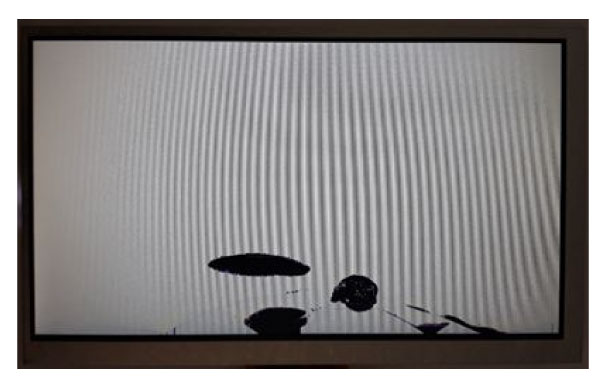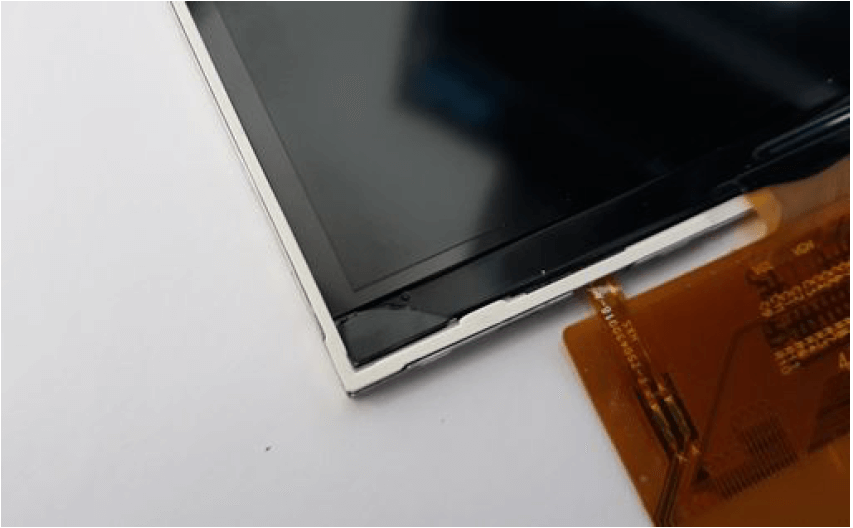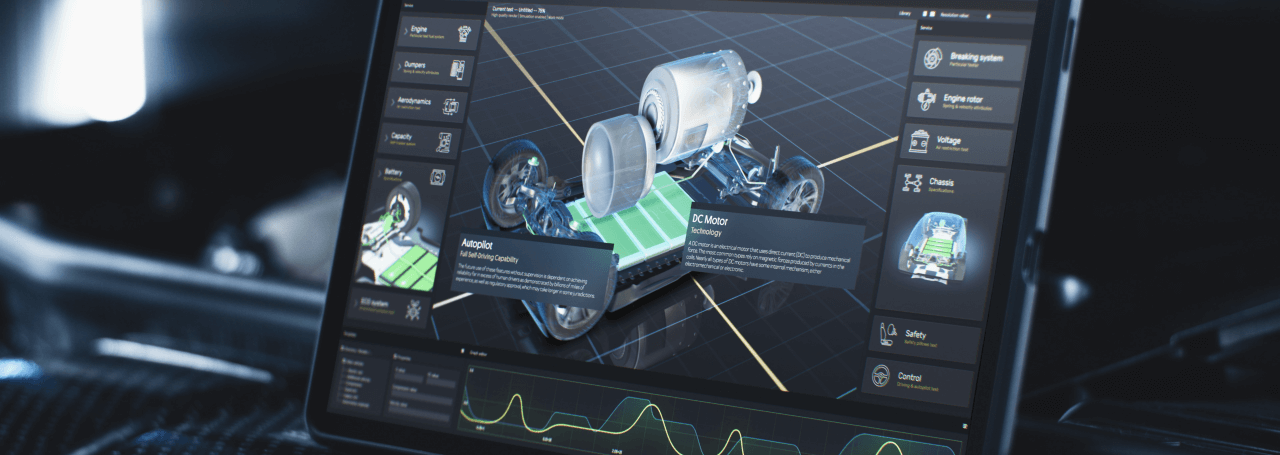This week in the Display 101 series we’re talking about the types of damage that can occur on the TFT display and how that can be prevented.
The structure of the TFT display
In order to learn more about the LCD displays, we do need to know the structure well.
It is made out of four basic elements (Fig. 1):
- source of the light (backlight),
- polarization films,
- electrodes,
- cells with liquid crystal with the nematic structure.
The basic feature of the liquid crystal is the ability to twist on 45 degrees or 90 degrees, relative to the axis of the particles arranged in parallel between both electrode surfaces.
Figure 1. Construction of the LCD displays
In LCD the light transit through two polarizers, which are arranged perpendicular, then through the liquid crystal layer. The layer can block the transition of the light or change polarization. Finally, the light falls on the color filters, which give it a set color creating the image.
The LCD TFT screens are built of thin-film transistors. The transistor is produced by chemical vapor deposition (CVD), based on the use of liquid hydrogen mixture and silicon mixture in an organic solvent, and using the rotation application method of the thin semiconductor.
In the TFT matrix, each pixel is controlled by four transistors, where one of them is responsible for brightness, and three remain for basic color (red, blue, green). As a result, this solution allows the high resolution, better color and generally higher parameters of displayed images – comparing to common LCD matrix.
Because of the material the TFT is built from, which is glass, TFT displays have low mechanical toughness, so can be easily damaged. The most popular damage of TFT is:
- violation of liquid crystal structure – „spilling liquid crystal“,
- damage to the transistors layer – „interruption of the ITO lines“.
Both above defects are based on the glass base cracking, yet those two defects are characterized by very different symptoms.
How to investigate?
Damage of liquid crystal structure
The disorder in the liquid crystal structure shows as a white screen with random-shaped black areas with sharp edges – Fig 2. Black area is the place where the liquid crystal doesn’t transmit the light.

Figure 2. Defective display – damage of the liquid crystal structure
Damage of the transistors layer
The horizontal lines on the screen (Fig. 3) may indicate an interruption of the ITO lines, which control the transistors. In most cases the whole line of the transistors would be interrupted, therefore the defects are observed as a line.


Figure 3. The lines on the screen caused by interruption of the ITO lines by a crack of the TFT
How to prevent TFT display damage?
The majority of damage occurs during the assembly process in the end user devices. Too much pressure on the fragile TFT construction can damage the structure of the liquid crystal or electric lines.
The high compressive force on the displays housing can lead to crushing the corners (Fig. 4). As a result, the ITO lines are interrupted.
Figure 4. Crushed display corner – interruption of the electrical lines
We recommend that you are always careful during the process of assembling the module. This special treatment is necessary to protect the matrix of the display against being hit or put under too much pressure.
The module can be held strictly by the housing, and the unnecessary thrust on display should be avoided. The disassembling of the display housing is not recommended, because this process is very destructive and in most cases, it will leave you with a damaged TFT .
Other type of damages that could happen to displays are made by ESD – Electrostatic Discharge.
Learn how to protect from ESD damage from this blog post.
DISCOVER OUR
Whitepaper
Achieve the perfect user-display interaction with the right Touch Sensor IC. Ever faced issues with phantom touch events or certification? Boost your R&D like a pro with our Whitepaper!





